My first "first frost" in SoCal
garden_tantrum
11 years ago
Related Stories
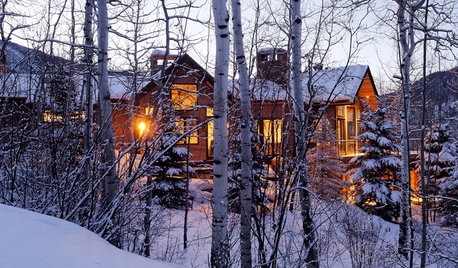
LIFEHouzz Call: Who'll Post the First Snow Photo of 2013?
If the weather's been flaky in your neck of the woods, please show us — and share how you stay warm at home
Full Story
GARDENING GUIDES10 Easy Edibles for First-Time Gardeners
Focus on these beginner-friendly vegetables, herbs, beans and salad greens to start a home farm with little fuss
Full Story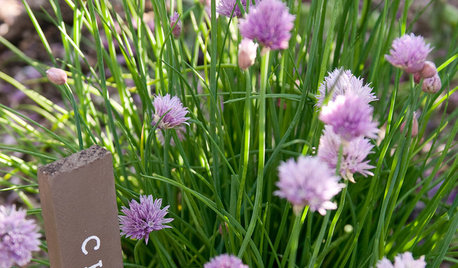
GARDENING GUIDESSimple Pleasures: Savor the First Spring Day in the Garden
How will you answer the call of the garden once the birds are chirping, the bulbs are blooming and the air is inviting?
Full Story
GARDENING GUIDESGot Frost-Damaged Plants? How It Happens, and When and How to Prune
Crispy brown leaves are a sure sign that Jack Frost has been to your neighborhood
Full Story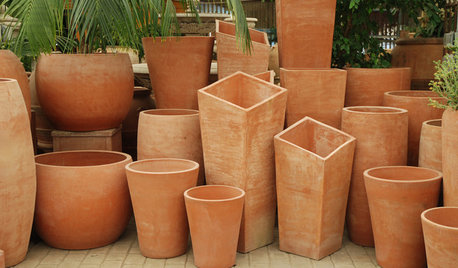
CONTAINER GARDENSBeat the Frost With Natural Terra-Cotta Containers
Here's how to protect your pots during the cold winter months
Full Story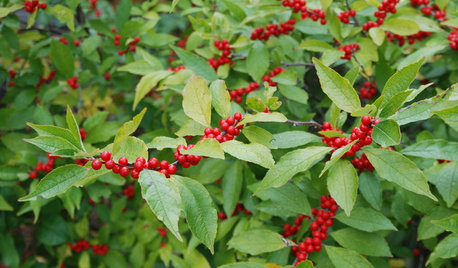
WINTER GARDENINGFire and Ice: 8 Plants That Blaze Once Frost Hits
Not everything in the garden sleeps in the cold — these plants rise and shine in fall and winter, bringing bright color to beat the blahs
Full Story
MY HOUZZMy Houzz: Laid-Back Style in a San Francisco Home
These first-time homeowners re-create the beach vibe of their SoCal hometown in a 1902 Victorian flat
Full Story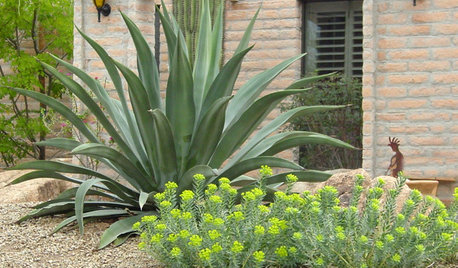
GARDENING GUIDESSouthwest Gardener's September Checklist
Cool weather's coming, so prep for the first frost, swap out plants and get bulbs for spring in the ground now
Full Story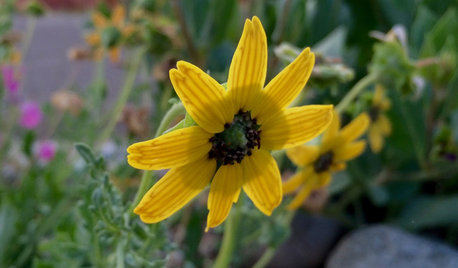
FLOWERS AND PLANTSFlowers of ‘Berlandiera Lyrata’ Surprise With a Subtle Chocolate Scent
This heat- and drought-tolerant Southern Plains native offers up daisy-like yellow blooms from spring to first frost
Full Story
HOMES AROUND THE WORLDHouzz Tour: Sun-Soaked Family Home in a Dense Tokyo District
Clerestory windows wrap around the open-plan first floor of this new home where family and friends gather
Full StoryMore Discussions






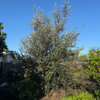
socal23
hosenemesis
Related Professionals
New Bedford Landscape Architects & Landscape Designers · Fort Lee Landscape Architects & Landscape Designers · Wheeling Landscape Architects & Landscape Designers · Stamford Landscape Contractors · Clearlake Landscape Contractors · Hoover Landscape Contractors · New Baltimore Landscape Contractors · Parker Landscape Contractors · Four Corners Landscape Contractors · Harvey Swimming Pool Builders · Dalton Window Contractors · Meridian Window Contractors · Opa Locka Window Contractors · Seattle Window Contractors · White Center Window ContractorsMrClint
garden_tantrumOriginal Author
bahia
Dick_Sonia
MrClint
bahia
MrClint
stanofh 10a Hayward,Ca S.F. bay area
Dick_Sonia
MrClint
dicot